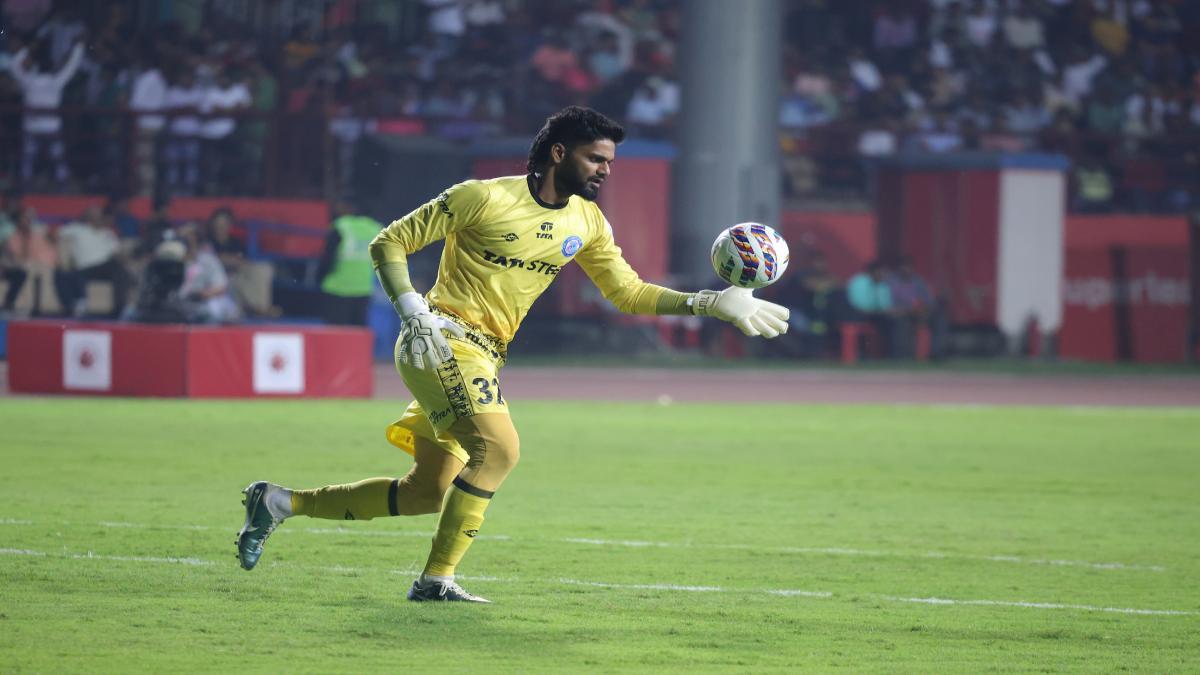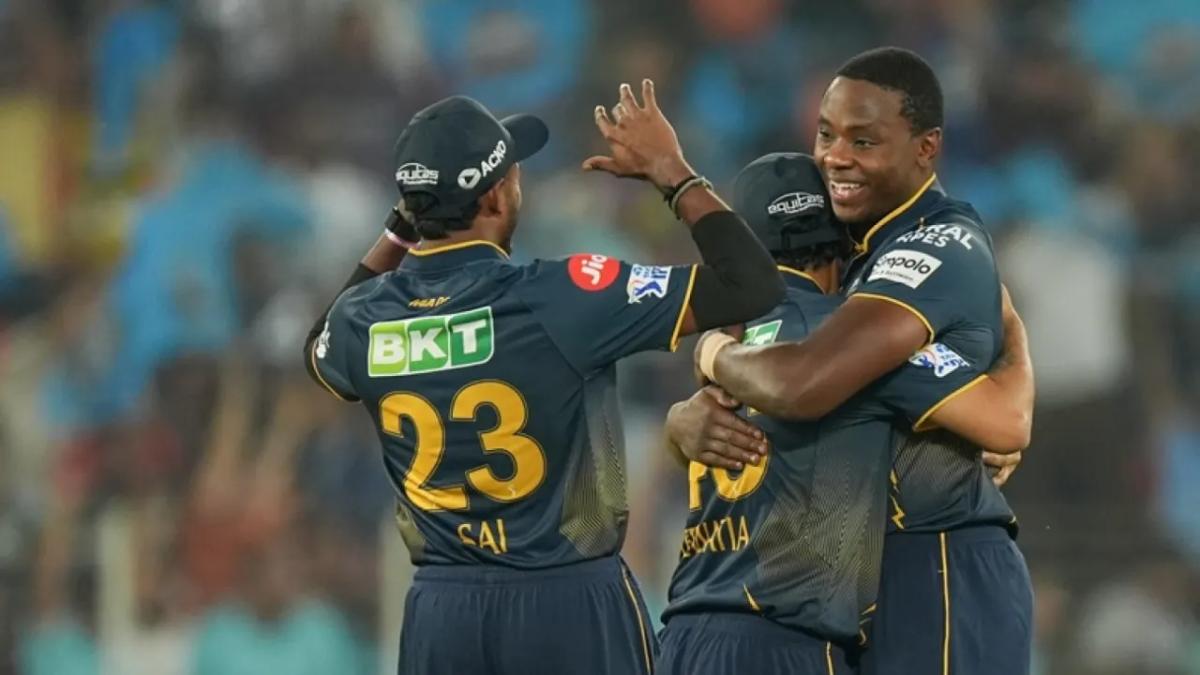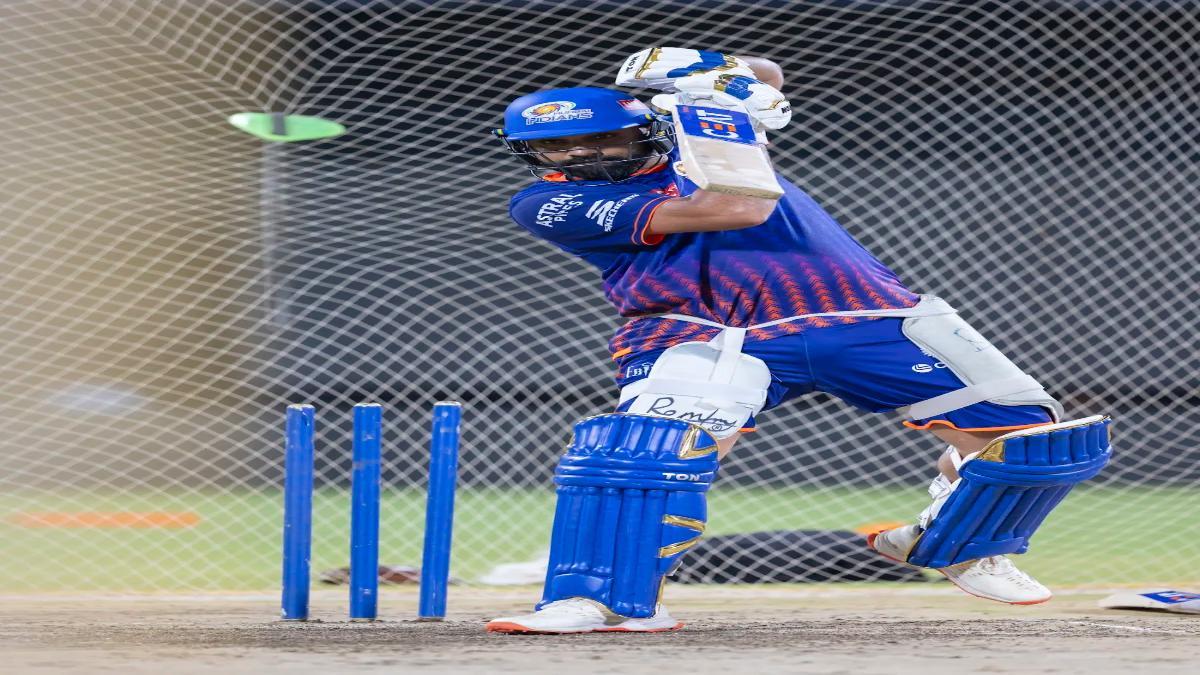(Cricket News) Targets modified by rain seem to ignite a carefree spirit in batsmen. Facing a challenging task of 152 runs in 15 overs after rain halted India at 180/7 in 19.3 overs, the highest-ever T20I total at St George’s Park, South Africa successfully chased it down with seven balls to spare, losing five wickets. Despite a late stumble after a brisk start, their exuberance mirrored the approach seen in the recent 50-over World Cup.
In rain-affected matches, conditions often favor teams chasing a total. Batsmen adopt a nothing-to-lose mentality, the ball becomes slippery due to the wet outfield, and the pitch quickens, aiding stroke-play. India, missing the services of Jasprit Bumrah and Mohammed Shami, faced challenges with Mohammed Siraj and Arshdeep Singh. Arshdeep, somewhat lacking sharpness and control, and Siraj, despite his experience in Tests, ODIs, and IPL, playing only his ninth T20I, struggled to counter Matthew Breetzke and Reeza Hendricks’ onslaught. The pair amassed 42 runs in three overs, with Breetzke getting run out. Hendricks set the tone for aggression from the start, unsettling the Indian team with powerful shots, including three boundaries in the first over.
Hendricks continued his rampage, hitting Arshdeep for a four and a six, and ending the over with another six, amassing 24 runs. The Indian team, with its relatively inexperienced core, appeared desperate, lacking the calmness that experience brings. Skipper Surykumar Yadav introduced Ravindra Jadeja, an unusual new-ball choice, who struggled to grip the wet and new ball. Despite a boundary-less over and the dismissal of Breetzke due to a mix-up, South Africa continued their aggressive approach, leaving no respite for the Indian team.
However, this did little to stem the flow of boundaries. Aiden Markram maintained the momentum, declaring his intentions with a trio of fours off Mukesh Kumar. None of Kumar’s deliveries were subpar, yet the South Africa captain skillfully manufactured boundaries. The first was a powerful stroke fetched from outside off-stump. Though the ball was more back-of-length than short, Markram capitalized on the slight width available. He lofted the next ball over mid-on, anticipating Kumar’s fuller length. While Kumar’s subsequent delivery was shorter, Markram swiftly moved across to laser it between cover point and extra cover.
The arrival of Kuldeep Yadav was imminent, but he couldn’t replicate the turn achieved by his South African counterpart Tabraiz Shamsi, who conceded only a single four amidst a barrage of boundaries during India’s innings when the surface was drier. Hendricks, opting to stay on the back-foot, dispatched him for a pair of fours. As a robust and fearless batsman, Hendricks primarily relies on his back-foot play, showcasing strength both square and down the ground. Despite the quicker nature of the pitch causing the ball to skid, he continued to hang on the back-foot, relying on his hands and eyes to navigate potential threats.
The 34-year-old, long hailed for greatness since his U-19 days, has seldom enjoyed a sustained run in the side. However, he appears to be compensating for lost time, contributing a valuable 49 off 27 balls.
The dismissals of Hendricks and Markram within eight balls sparked faint hope of an India comeback. Although the hosts lost two more wickets somewhat carelessly, with David Miller and Heinrich Klaasen departing, South Africa held on. The often-criticized Andile Phehlukwayo sealed the game by smashing Jadeja over deep square leg.
Also Read: Scoreboard: India vs South Africa 2nd T20Ihttps://spogonews.com/scoreboard-india-vs-south-africa-2nd-t20i-2/














